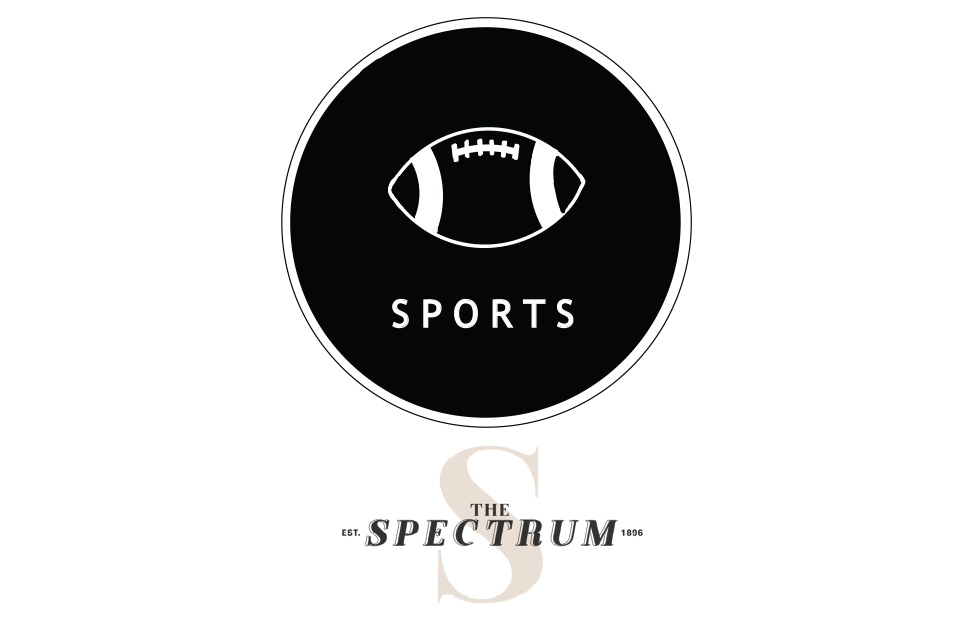Celebrating the sports world’s wildest

Animals have always been embedded into the culture of sports. From historic teams like the the Chicago Cubs to more modern teams like the Minnesota Wild, the wilderness has long served as the go-to source of inspiration for team-naming.
Besides this obvious influence that animals have had on the sports community, some particular animals have even reached fame through the industry. Some have been mascots, some have been actors and some have even competed. This is just a short list of the most notable critters in sports.
Air Bud
Who could forget Air Bud, the multifaceted golden retriever? Buddy, the good boy that played Air Bud, was discovered by his owner Kevin DeCicco in the Sierra Nevada mountain range.
Buddy was trained and soon began his acting career as Comet on the TV show “Full House.” Later, he demonstrated his knack for sports on “America’s Funniest Home Videos” and the “Late Show with David Letterman.”
That was when Buddy was noticed and cast as himself in the movie “Air Bud,” a family-comedy movie about a boy and his dog, who has a smoother jumper than Ray Allen. The movie was a hit at the box office, earning over $27 million off a $3 million budget.
Unfortunately, Buddy was too precious for this world. He passed in 1998 at just 9 years old. The sequel to “Air Bud,” titled “Air Bud: Golden Receiver,” was dedicated to him. Buddy wasn’t just a good boy, he was great.
Dan Patch
Although the name is deceiving, Dan Patch is not a lawyer or a friend of Tom Sawyer. Dan Patch was a racing horse, a harness racing horse in particular.
Coming from someone who knows very little about horse racing, harness racing differs from standard racing mainly in the fashion that the rider mounts the horse. If you imagine a horse with giant training wheels and a jockey riding on said wheels, that’s what harness racing resembles.
Dan Patch was born in Indiana in 1896. The owner contemplated putting the horse down due to its crooked legs, but decided not to. Patch was later sold to Marion Willis Savage, who resided in Minneapolis and Hamilton, Minnesota.
He became an outstanding racing horse, losing only two heats and never losing a race. Dan Patch was so successful that he eventually had to stop racing because other owners refused to race against him.
He was arguably the most popular athlete in America, and he earned his owner an annual $1 million at his peak. Even Harry Truman wrote a fan letter to Dan Patch.
Both Patch and his owner died within a couple days of each other. Patch had a heart attack, and Savage died of a pulmonary embolism the next day. The city of Hamilton was renamed to Savage in honor of Marion Willis Savage.
Flipper
From 1964 to 1967, NBC aired “Flipper.” The children’s show focused on a family and a genius dolphin named Flipper at a marine preserve.
Flipper was played primarily by four female dolphins named Susie, Patty, Kathy and Squirt. The show was moderately successful, but was cancelled after a few seasons by the production company. Fortunately for the dolphins, they already had a backup job lined up.
From 1966 to 1968, the Miami Dolphins picked up the dolphins to be the mascots for their team. It was ultimately decided that Patty would be at each game because she was best suited to travel to and from the games.
Patty was kept in the east end of the stadium, which was the Orange Bowl at the time, and was trained to jump when the Dolphins scored a touchdown.
After three seasons, the City of Miami and the Miami Seaquarium refused to pay for the costs of having Flipper as the team’s mascot. During Patty’s tenure as mascot, the Dolphins never had a winning season.
I think it’s safe to say that nobody blames Patty for the team’s lack of success. Some might even go as far as to say that Patty could throw the ball better than starting quarterback Dick Wood could in 1966.
